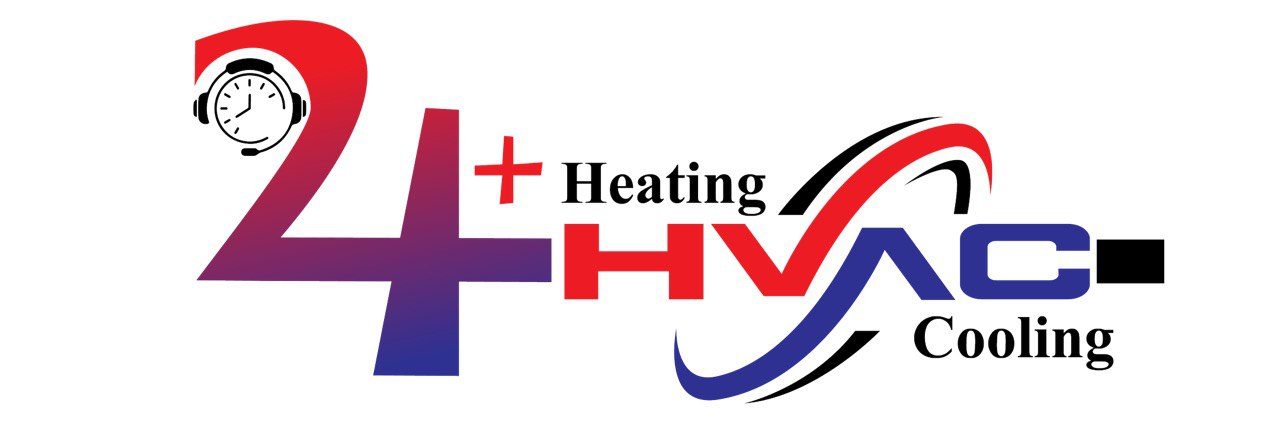Introduction
In today’s world, homeowners and business owners seek energy-efficient and cost-effective heating and cooling solutions. Ductless mini splits have gained immense popularity as they provide excellent climate control while reducing energy bills. Whether you want to replace an outdated HVAC system or need an efficient solution for a new space, ductless mini splits offer unmatched convenience and flexibility. In this guide, we’ll explore everything you need to know about ductless mini splits, including their benefits, installation process, maintenance, and more.
1. What Are Ductless Mini Splits?
Ductless mini splits are HVAC systems that provide both heating and cooling without requiring extensive ductwork. They consist of:
- An indoor air-handling unit that delivers conditioned air directly into a room.
- An outdoor compressor/condenser that regulates temperature.
- Refrigerant lines that connect both units.
Why Choose a Ductless System?
- Ideal for homes without existing ductwork
- Highly energy-efficient compared to traditional HVAC systems
- Customizable zoning options for different rooms
- Quieter operation than central HVAC systems
2. How Do this kind of systems Work?
Unlike conventional HVAC systems that rely on ducts, ductless mini splits use a direct refrigerant flow to heat or cool a space efficiently. Here’s how they function:
- The outdoor unit absorbs or expels heat.
- The refrigerant transfers heat between the indoor and outdoor units.
- The indoor air handler releases warm or cool air directly into the room.
This process eliminates energy loss associated with ductwork, leading to higher efficiency.
3. Key Benefits of this system and its services
Energy Efficiency
- Higher SEER ratings (Seasonal Energy Efficiency Ratio) reduce electricity usage.
- No duct losses, which account for nearly 30% of energy waste in central HVAC systems.
Cost Savings
- Lower monthly utility bills due to superior efficiency.
- Eligible for energy rebates and tax incentives in many locations.
Flexible Installation
- Suitable for homes, offices, and rental units.
- No major construction required, making installation quick and hassle-free.
4. Installation Process: What to Expect
The installation of a this system is relatively straightforward:
- Selecting the ideal location – Placement of the indoor and outdoor units for optimal efficiency.
- Mounting the indoor unit – Installed on a high wall for best airflow distribution.
- Connecting the refrigerant lines – Running small conduits between indoor and outdoor units.
- Final testing and calibration – Ensuring the system operates at peak performance.
Most professional installations take less than a day and cause minimal disruption.
5. Ductless Mini Splits vs. Traditional HVAC Systems
| Feature | Ductless Mini Splits | Traditional HVAC |
|---|---|---|
| Energy Efficiency | Higher | Lower (duct losses) |
| Installation Time | Quick & easy | Extensive work required |
| Cost | Lower in long-term | Higher operational cost |
| Zoning Capability | Individual room control | One temperature for entire home |
| Maintenance | Easier | More frequent duct cleaning needed |
For homeowners looking to upgrade their system, those are a superior option.
6. Common Applications of Ductless Mini Splits
these systems are perfect for various applications, including:
- Homes without ductwork
- Room additions and renovations
- Garages and basements
- Office spaces and small businesses
Their versatility makes them one of the most flexible HVAC solutions available today.
7. Maintenance Tips for Optimal Performance
To ensure your system runs efficiently:
- Clean the filters every one to two months.
- Inspect refrigerant lines for leaks or blockages.
- Schedule professional maintenance at least once a year.
Regular maintenance extends the lifespan and efficiency of your system.
8. Are Ductless Mini Splits Suitable for Cold Climates?
Yes! Modern ductless mini splits are designed to perform well in extremely cold temperatures. Heat pump technology allows them to efficiently heat homes even in sub-zero conditions.
Features like hyper-heating technology and variable-speed compressors make them a great alternative to traditional furnaces in colder regions.
9. Cost Considerations & Available Rebates
The total cost of this system depends on:
- Number of zones needed
- Brand and model
- Installation complexity
On average, a system can cost between $3,000 and $8,000, but energy rebates from utility companies can significantly reduce upfront costs. Check local incentives to maximize savings.
10. Choosing a Professional Installer
For the best performance, hire a licensed HVAC professional. A certified technician will:
- Properly size the system for your home.
- Ensure correct refrigerant levels.
- Optimize system placement for efficiency.
For expert this kind of services in Vancouver, visit: ➡️ Ductless Mini Split Services in Vancouver
Conclusion
Ductless mini splits offer an energy-efficient, cost-effective, and flexible solution for both heating and cooling. With easy installation, superior performance, and long-term savings, they are the ideal choice for homeowners and businesses.
If you’re ready to upgrade to a best system we’ve talked about, contact 24Plus HVAC today! Our experienced team provides top-notch installation, repair, and maintenance services to ensure your comfort year-round.
🔹 Explore our air conditioning services: Air Conditioning Services in Vancouver 🔹 Learn more about our full range of HVAC solutions: 24Plus HVAC
Upgrade to ductless mini splits today for better comfort and lower energy costs!

